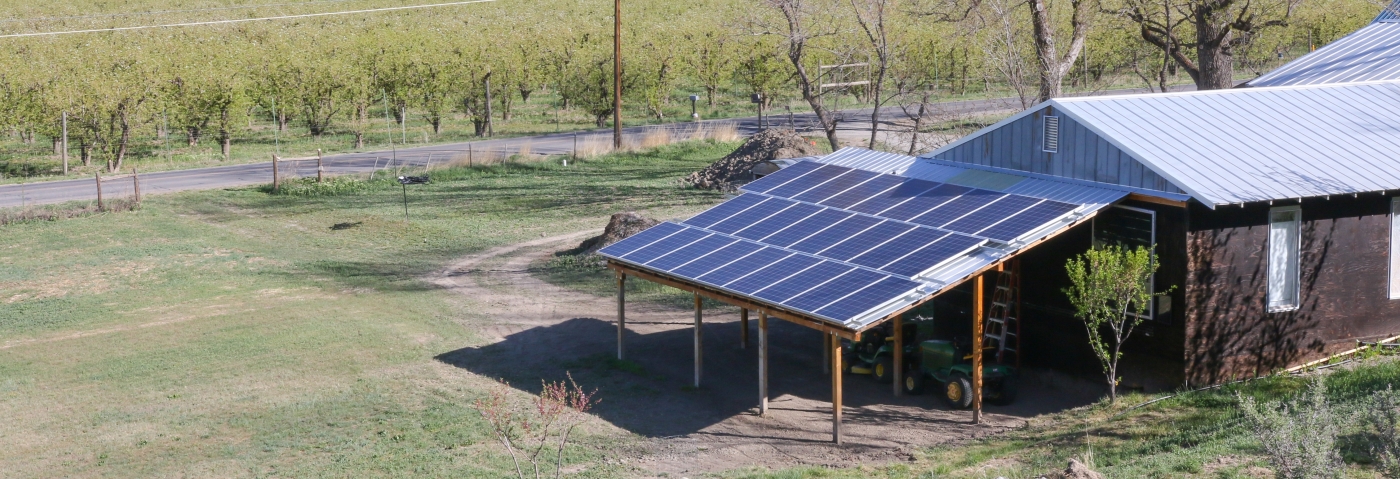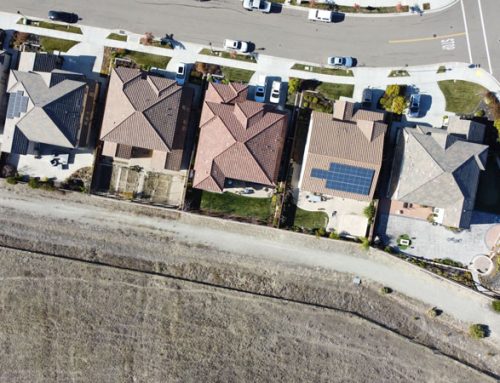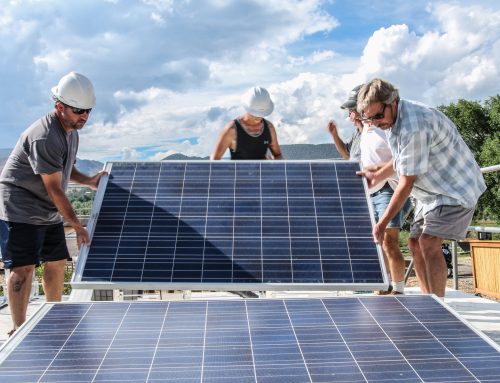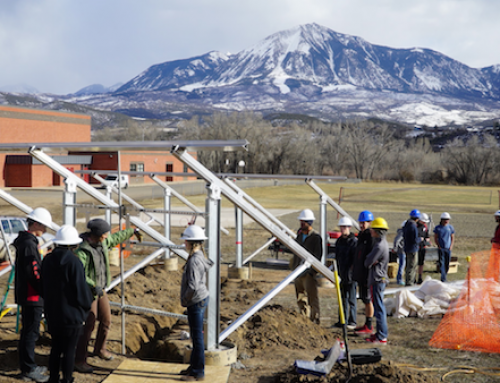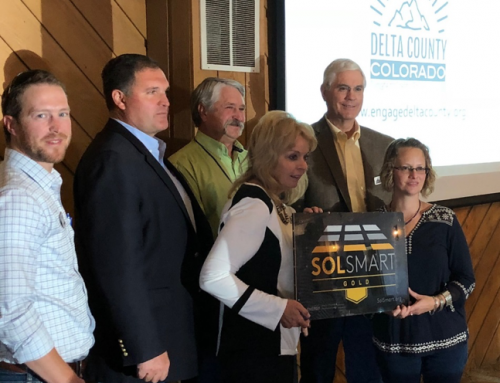Increased individual energy autonomy can be an attractive side of “going solar”. But, what can “going solar” really mean this day and age? Gaining energy in one form or another from the sun has been around for centuries.
As a species, we have come a long way since those prehistoric days when choosing to spend the winter in a south-facing cave seemed like a better idea than the north-facing one. There was a period in recent industrial history when we had nearly forgotten the power of the sun! As population grows, energy consumption rises and finite resources wane, we are faced as a creative species to design a new brighter, cleaner future. Let’s vision that future by glimpsing into the past.
For centuries, the human species benefited by practicing living and building strategies centered on solar gain and earthen cooling. Modern architecture has experienced a resurgence in many of these simple principles informing the “green building” movement. A part of this is using the power from the Earth’s greatest utility provider: THE SUN! Let’s use modern technology that elevates a solution beyond the current “wear-and-tear” on the Earth and save a buck or two in the long-term.
The modern solar industry has been in existence for over 50 years. And today, it really is becoming more affordable, all the while, also being a climate-conscious decision. In recent decades, solar was a necessity for habitations beyond the reach of the electrical grid; you could not run power lines all the way out to your house, so, you produced your own power.
Today there is a cheaper and easier answer that hybridizes consciousness and convenience. Taking a few minutes to understand grid-tied, net-metered, roof-mounted solar systems is worth the while.
- Grid-tied: this means the energy a solar array produces is directly linked to the electrical utility grid. No pricey batteries necessary! No maintenance or upkeep. You can think of it as the grid serving as your storage capacity.
- Net-metered: For every kilowatt hour of energy you produce during the day that you don’t use, you are credited one kilowatt hour of energy to use at a time when you are not producing as much as you need, for instance at night. This is a 1:1 ratio. In Delta county Colorado 1 kilowatt hour of electricity costs 10.3 cents. For every kilowatt hour you produce you receive the equivalent of 10.3 cents of electrical use. (Let’s be clear- you will not be paid 10.3 cents/kWh by the utility). Think of it like this: When you use a kilowatt hour your meter tics forward one count. When you produce a kilowatt hour your meter literally tics backward one count. (Currently, if you have a yearly annual overage, DMEA will pay you for each and every kilowatt hour you overproduced at their wholesale avoided cost, 7.5 cents/kWh).
- Roof-mounted: This is usually the cheapest and simplest way to incorporate a solar array on your home or business. When the price of solar panels was much higher, as little as 3 years ago, it was cost-effective to maximize the production of the array with intricate racking systems adjustable for latitude, time of year and even down to time of day! But, hold up, who wants to maintain so many movable parts requiring maintenance. Consider adding a couple of more panels to your simply laid out system flush-mounted to the roof and you will save in the long run. Nowadays, solar arrays can face anywhere from due east to due west and only lose 15% efficiency at worst!
So, let’s take a cue from our ancestors; the sun is a powerful tool ready and willing to make our lives cleaner and more comfortable. Solarize North Fork Valley aims to do just that!
Solarize North Fork Valley strives to make available the system that makes the most sense for your situation and conditions. The pay-off period for a home array is currently in the 10-15 year average range, while many of the panels are warrantied at 25 years. Without financing, do expect to pay for the system up-front, however, there are low-interest rate strategies available to still make the system an economic gain over time- look for our next blog post addressing these possibilities.
To learn more about the Solarize program:
Go to: solarenergy.org/solarize-north-fork
Google: Solarize North Fork Valley
Call: Kristen or Pete (970) 527-7657 ext. 213 or 214 and ask about our tiered REBATES!

